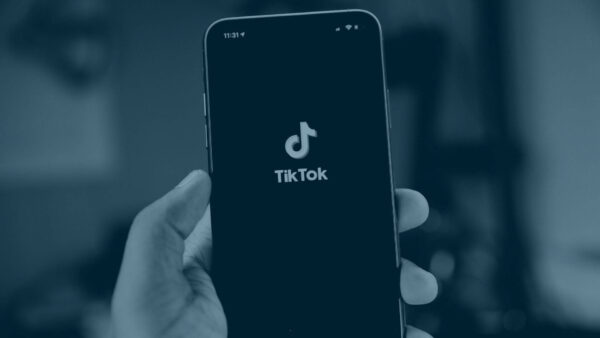
Think Strategically by Creating Buyer Personas
Every piece of content we create for 9 Clouds is secretly written with Larry, Mark, Chad, or Sam in mind.
Even if your name is Jessica, you’re a Larry, Mark, Chad, or Sam.
These four people are the fictitious characters who represent an ideal 9 Clouds customer — better known as our buyer personas. It’s vital to our business that we consider them in all our strategic decisions.
You should have buyer personas developed for your business, too, so you can work their wants and needs into your marketing strategy.
Who Are Your Buyer Personas?
Okay, so let’s start at the very beginning and explain the basics of buyer personas.
These fictional folks are a written representation of your ideal customer. In HubSpot, our marketing automation software, buyer personas often get alliterative nicknames, like Marketing Manager Molly or Sales Director Steve.
It’s fun to imagine the backstories of these personas — we marketers are creatives, after all — but a buyer persona should be based on real data from your customers.
A little market research into your customers’ demographics, shopping goals, and searching and buying patterns will help you determine how many personas you should have and who those personas should be. Actual customer interviews will allow you to fill in some details that your customer relationship management (CRM) software cannot.
Those details will ultimately come together to identify the CEO Celia or SAHD Stan you should be writing to.
How Do You Create a Buyer Persona?
Knowing it’s valuable to have buyer personas for your business is one thing. Doing the research and actually writing them out is an entirely different challenge.
Where do you even start?
We suggest you go to the source of all sound marketing decisions: your analytics. Your web data will show you what pages your visitors are browsing before coming to your site, what keywords they’re using to find you, and which pages convert the highest.
This data will shed light on both the pain points of your web visitors (through search terms and high-ranking keywords) and their most-valued platforms (where your referrals are coming from).
The next step is asking customers questions about the goals and pain points you identified in your data.
When you’re asking customers to answer persona research questions, make sure they understand this isn’t a sales pitch, but rather an effort to make your business more effective. Don’t just interview people who have had a great experience, either. You’ll want to hear the unbiased facts so that you can determine where and how your business can better fit customers’ needs.
Here are some questions you could ask in a customer persona interview:
- What is your title?
- Who do you report to? Does anyone report to you?
- What tools do you use in your job?
- What industry is your business in?
- How big is your company?
- What are your biggest challenges?
- What are your short- and long-term goals?
- How do you learn about new information for your job?
- What’s your go-to social network?
- What’s your favorite industry blog?
- Do you shop online for work products?
- What’s your preferred method of contact?
By the end of the interview, you should have a sense of the persona’s background, demographics, goals, challenges, and major objections to your business proposition.
Less is more with persona research. You don’t need twelve different personas to be successful. You simply need enough personas to ensure your strategy is focused on the right audience.
At the end of your buyer persona research, you should know who your business is talking to, what you’re going to say to them that’s actually useful, and whether your business actually has the right resources to fulfill their needs.
How Do You Use Buyer Personas?
The point of buyer persona research isn’t just to describe an ideal customer, but also to better understand a customer’s path on the buyer’s journey.
This research should help you and your team understand the choices a lead will make when faced with a new challenge, so you can create content to fit their needs.
In your marketing, you can address your customers’ needs at each stage of the buyer’s journey — but this only works if you’ve gone beyond their demographic background and into the actionable data. It’s not very useful to know that Marketing Manager Molly is a woman if her gender is completely irrelevant to the decisions she makes as a leader.
Once you’ve started implementing some buyer personas in your marketing content, check back with your internal sales team to see if the leads they’re interacting with are more qualified than before. You can only know if your buyer personas are succeeding if you complete the circle and communicate with sales.
What’s Stopping You from Creating Buyer Personas?
Is your business still marketing without buyer personas?
There’s no reason you should be outbound marketing to customers in 2017. Take the time to research your buyers so that you can meet their needs at every step.
If this seems daunting, email our team. We create personalized marketing plans that meet buyers at every stage of their journey.







